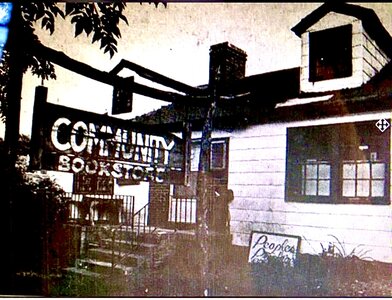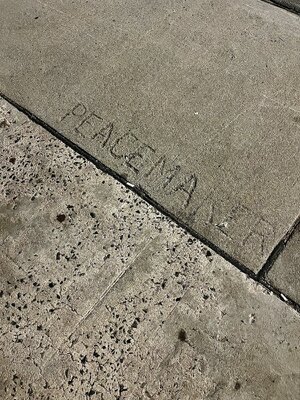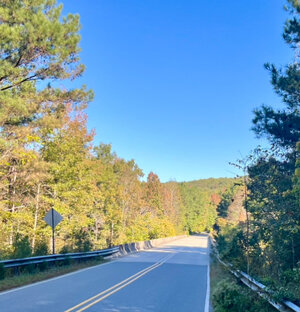
Bit of a detour.
And North Carolina was a “Hornet’s Nest.” I was taught that General Charles Cornwallis gave the colony, most specifically Charlotte, that label after he and his troops spent the fall of 1780 in the area during which time they were relentlessly harassed, waylaid, and attacked by local folk. I have always felt a comfortable distaste for the Lord General Cornwallis (he bore the titles of Marquess, Viscount, and Earl) rooted in historic pride in the rejection of authoritarians - i.e., the kings and queens that marked the founding of this country. The egalitarian impulse that rebellion embodied seemed quite well placed when the enemy commander bore such haughty appellations.
Accompanying that deeply ingrained allegiance to the constitutional democratic republic born out of that rebuff of aristocratic rule came a puzzlement though…why were so many thoroughfares and byways across the state named for the snobbish aristocrat turned invading general? I must have seen Cornwallis St. in Pittsboro but the one that made the most profound impression on me was certainly Cornwallis Drive in Greensboro. That the Gate City was garnished with War for Independence remembrances was understandable - once one gets past the missing ‘e’ in the town’s name, it is, after all, named for the American General, Nathanael Greene — Greensboroites and their neighbors had dealt a hurtful blow, before a humble retreat, (The Battle of Guilford Courthouse) against Cornwallis as he made his marauding way through Piedmont North Carolina.
Aside from Pittsboro and Greensboro, Gastonia, Winston-Salem, Riegelwood, Rose Hill, Burlington, Mocksville, and Charlotte each have some type of road dedicated to the enemy. Once I moved to Chapel Hill the key artery binding Orange and Durham counties — Cornwallis Road — became the way to, or around, a great many things and places. (Tip o’ the Hat to D.G. Martin who has written about this here:
https://www.chathamjournal.com/week...places-named-after-enemy-generals-70510.shtml)
I’ve mentioned that since a boy I have been a habitual reader of North Carolina’s Historical Markers (
NC Highway Historical Marker Program | NC DNCR) - our state’s beloved “History on a Stick” has hardly slighted Lord Cornwallis. Of the over 1,600 markers at least 68 mention the Lord General either on the plaque or in the longer explanatory text at the website. I have a hunch that no other person can claim such a historical presence on the byways of North Carolina.
Maybe that’s why we remember him - he came as an invader and Tar Heels showed him the road. We’re always good to invite folks to visit after all but we’re mighty irritated when they overstay that call. “The art of being a good guest is knowing when to leave.”
Lord Cornwallis ultimately fled the “Hornet’s Nest” of Carolina fairly well roughed up and dispirited. In Virginia he met his downfall.
#OTD in 1781 General Lord Cornwallis surrendered at Yorktown. The treatment of the British in the Carolinas by #NathanaelGreene/#DanielMorgan (Cowan’s Ford, #GuilfordCourthouse ex.) was harsh and the weight of fighting a war on foreign, contested soil bore down on the colonizing invaders. A Regional Patriot/Loyalist Civil War would continue for some months but Yorktown was the beginning of the end of British Imperial hegemony over the 13 colonies.
The Road to Yorktown via the North Carolina Piedmont





